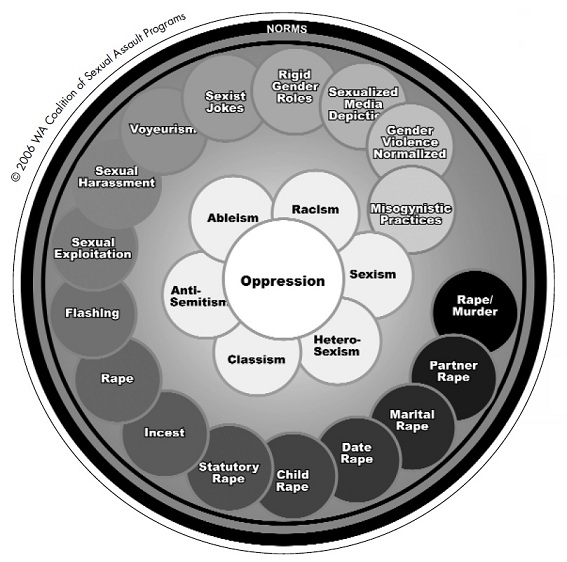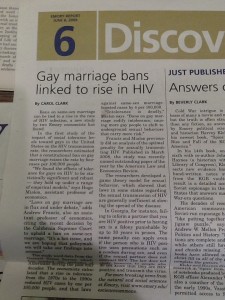This week in the archives is stumbled onto an article about college programs and alcohol. This goes hand in hand with our readings Shifting the Paradigm: Primary Prevention of Sexual Violence written by the American College Health Association (ACHA), especially the sections on alcohol and sexual violence’s correlation. The reading went into great detail about the effects of alcohol, “Approximately 50-70% of all sexual assaults involve alcohol.”(ACHA, pg19, paragraph1). It is no wonder that RA programs in the past have aimed at creating functions that are not completely controlled by alcohol {Note Nov 16, 2012}. On the night of Freshman formal, a returning RA went as far as pouring shots of coca-cola at a late night meal to give freshman an alcohol-free post-dance late-night activity. On page 22 of our reading in the section labeled “sexual violence assessment tool”, #11 on this list is the ability to provide an alcohol free environment for students to have activities. Freshmen are not supposed to be drinking alcohol; they are underage, so the possibility of them making poor choices and not well thought out decisions can be high. The article quotes one freshmen student,’” ..the programs are a nice idea, but I think its hard to prevent people who have a set plan to deter them from what they’re going to do.”’ (Borger,third picture- sixth paragraph).
Our readings clearly state that, “the influence of alcohol on behavioral and judgment may increase misperceptions of sexual interest and lead to perpetrators ignoring refusal cues or victims disregarding risk cues.” (ACHA, pg19, parag2) . This is more likely for freshmen students, who are mostly inexperienced in life. In my opinion this may be double true for Emory students protected by the Emory bubble.
RA sponsored programs like this contributed to a lack of alcohol related emergencies at Emory’s Freshman Formal. This article states that, “for the first time in eight years there has been no student hospitalized due to alcohol related incidents during the freshman semi-formal.” (Borger, line1, picture1). On average about 4-5 students drink far too much and require medial attention.(Borger, paragraph2, line1, picture1). This is more of an alcohol problem than a sexual violence problem, but as we know from the readings and the previous paragraph the two can often go hand in hand. These alcohol free recreational activities help change the norm of alcohol abuse that is common amongst freshman. Personally, I have never drunk more often than my freshman years. The norm of alcohol abuse can often lead to sexual abuse, so changing this early part of college culture is a big step in the right direction.
On page 20 of our readings, there are a few things listed about alcohol and sexual violence. The article I found in the archives gives an example of Emory’s history establishing a community to help explain and deal with alcohol and its use. The article also gives an example of young adults being educated on the subject of abuse. This shows me that it is possible to change the culture and environment of any school, and in order to make Emory safer we must continue to carry on a tradition of awareness, alertness, and responsibility.









